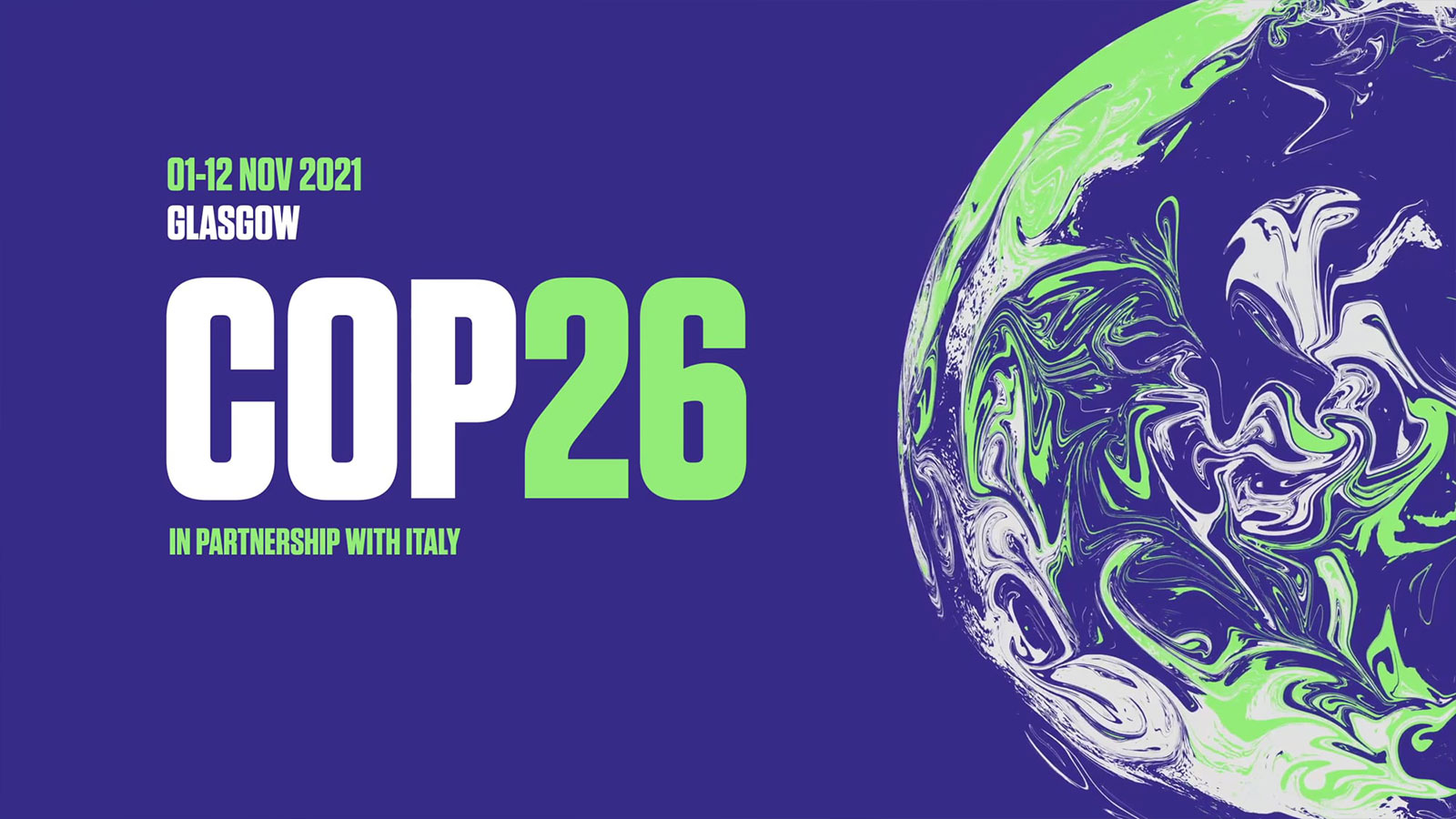What was COP26? The rundown:
Held in Glasgow, COP26 is a conference held by the United Nations. The conference started on Sunday 31st October and ended on Friday 12th November.
What does COP26 stand for?
COP stands for Conference of the Parties. It was be attended by many different countries that signed the United Nations Framework Convention of Climate Change (UNFCCC). The treaty was agreed in 1994. It was the 26 meeting which is why it is called COP26. Many experts believe that COP26 is particularly important in the race to limit global warming. To fully grasp the big picture, one has to understand COP21.
Preceding COP26 was COP21 – more commonly known as the Paris Agreement. It was the first time countries came together to limit human-caused global warming. Every country (the USA pulled out in 2020 but rejoined this year) agreed to work towards limiting global warming to under 2 degrees celsius – 1.5 to be exact. These countries also agreed to adjust to the effects of climate change and to make money available to support this goal. It was agreed to meet every 5 years to adjust their plans to lower emissions.
Here we are, 6 years later (because the conference was postponed due to the Covid-19 pandemic), with all the countries having met up to alter and adjust their plans to achieve the goal. Turns out, not enough progress was made in slashing emissions to reach the 1.5 degrees target. The governments have been urged to strengthen their targets annually, unlike the previously planned quinquennially.
Temperature rise
Keeping the earth global warming to 1.5ºC is crucial. At 2 degrees Celsius, there would be extensive warming. There was a report that shows the temperature rise through different decades. During 1850 -1900, the temperature rose only 1.1 degrees. As averaged for over the next 20 years, global temperature is expected to reach or exceed 1.5 degrees of warming. “This report is a reality check’” said IPCC Working Group I Co-chair. “We now have a much clearer picture of the past, present and future climate, which is essential for understanding where we are headed, what can be done, and how we can prepare.”
Who was in the conference?
Representatives from almost every country were involved. This means that about 197 parties were involved. Including all the State members from the United Nations and also the European Union.
Agreed in COP26
In essence, in the meeting, these are some of the pledges countries agreed: to phase down unabated coal power – the biggest source of increased global temperature; end and reverse deforestation; cut 30% of methane emissions by 2030. These were some of the most important made however, there were many more pledges made.
Vulnerable countries at COP26 say rich countries are pushing back against their attempts to secure compensation for the damage caused by climate change. Poorer countries see it as critical that money for loss and damage be part of negotiations. Negotiators agreed in Paris 2015 to address the issue, but there is no agreement on who should pay for it. Developing countries argue that rich countries are responsible for most of today’s climate change impacts because they started emitting carbon much earlier than the rest of the world.
Conclusion
In conclusion, COP26 is a chance to change the past, fix global warming problems. It is a chance to work together as a team instead of being against each other. Most importantly to help the environment. We hope that this could actually help our planet and the environment that we live in.


